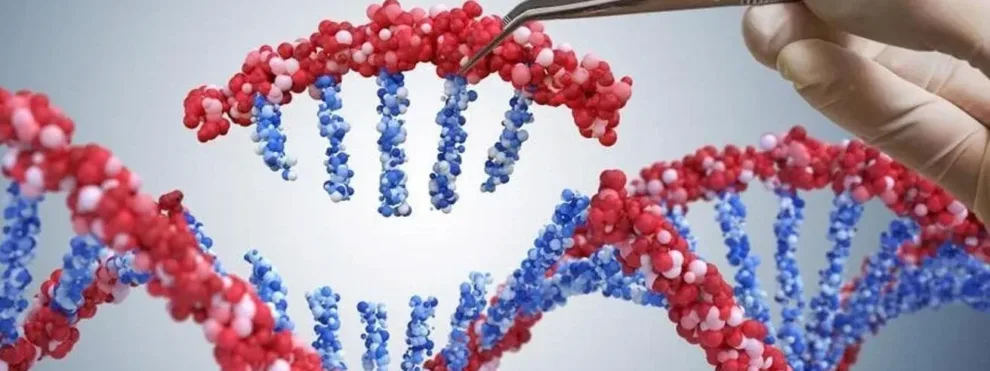
Cell and Gene Therapies (CGTs) has an estimated market size value in 2022 of USD 8.22 billion and a revenue forecast in 2030 of USD 24.5 billion. This is a CAGR (compound annual growth rate) of 14.6% from 2022 to 2030. Needless to say, the CGT field is exploding. A critical component to approve any therapy is the GLP tox study. The concept of GLP analysis was launched in the United States in the 1970’s. For many decades, GLP studies have been conducted for pharmaceuticals and the bioanalysis for the Pharmacokinetics (PK) is conducted under GLP compliance. Similarly, the biopharmaceutical field has exploded in the last 25 years and PK analysis is conducted under GLP compliance.
Clearly, the age of CGTs is upon us and it is natural to assume PK analysis needs to be conducted under GLP compliance. Defining the PK for a CGT is still somewhat debatable, but biodistribution studies performed by qPCR or ddPCR are often performed for PK in support of GLP Tox studies and should be conducted under GLP compliance. The regulations for GLP compliance for molecular testing are emerging and we all would agree that some type of PK analysis should be conducted under GLP compliance.
But is there a need to validate your Immunogenicity assays, Pharmacodynamic (PD) assays, and biomarker (BM) assays for support of GLP tox studies? To be clear, in no way do I mean to imply that a method should not be reliable and defendable for GLP tox studies. Pharmacological GLP toxicology studies are performed to understand the onset, degree of severity, and time length up to which a particular dose of a drug demonstrates any toxic effects. The lack of a reference standards and regulatory guidelines specific for cell and gene therapies make it difficult to develop and validate a method like you would a PK assay for support of pharmaceuticals and biopharmaceuticals. Putting aside the time and investment needed to validate immunogenicity and PD/BM methods, it has always been debated about the results of immunogenicity and whether PD/BMs non-clinical testing translatable to the clinic.
Let’s drill down a little further into the science of immunogenicity and PD/BM assays that support CGTs…
Immunogenicity can consist of humoral immune responses which are typically measured by anti-therapeutic antibody (ATAs) detection. The methods often consist of detection of ATAs to the vector and the transgene. That implies that you need two validated ATA methods for support of your GLP tox study. This is a very large investment for methods to generate data that do not translate into the clinic and potentially can be measured indirectly by PK stats and monitoring the health of the animal. I do not mean to imply you should not validate methods for detection of ATAs for CGT GLP tox studies, however, I do question the need for a fully validated three-tier (Screen, Confirm, Titer) method. Some industry leaders are recommending a two-tier method qualification in lieu of a three-tier method validation.
Continuing with the science of Immunogenicity of CGTs, the cell mediated immune response typically consists of measuring augmentation of immune cells by flow cytometry and ELISpot. How to validate these types of methods for support of non-clinical trials is almost nonexistent. Validation for clinical trials has come a long way in the last few years, but they do not follow the PK regulatory guidelines. In general, the validation of flow cytometry and ELISpot assays is an evolution and typically you are verifying the instrumentation, the reagents, and the analysts. It is a major undertaking and often impossible to generate and/or procure the critical reagents and matrix to properly control the method in accordance with traditional GLP guidelines. It can be hard to comprehend that cell mediate immune responses for monitoring GLP tox studies do not need to be GLP validated. Hence my question, “Is GLP Bioanalysis needed for support of your Cell and Gene Therapy GLP Tox Studies?” The answer is no, but one must justify why it is not needed. In some scenarios, like for support of rare diseases, it might make sense to GLP validate the methods because you will have so few patients in the clinical trial that understanding the safety and mechanism of action in a non-clinical setting becomes more critical. Additionally, any drug that is a mid or high-risk immunogenicity profile may warrant investing in a GLP validated ATA assay.
PD/BM analysis mercifully is often categorized as exploratory or research and rarely does it need to be validated. Even when the PD/BM is directly measuring the mechanism of action and/or the efficacy of the drug a qualified method is often sufficient. Like immunogenicity assays, PD/BM assays for rare diseases and/or highly immunogenic CGTs may need a GLP validated method.
Whether you are working on cell therapies, gene therapies, or a combination of cell and gene therapies, KCAS has you covered. With four sites (two in the US and two in Europe) that support non-GLP and GLP validation of methods for support of CGTs we can help. If you have questions related to bioanalysis of CGTs we are the partner for you.

